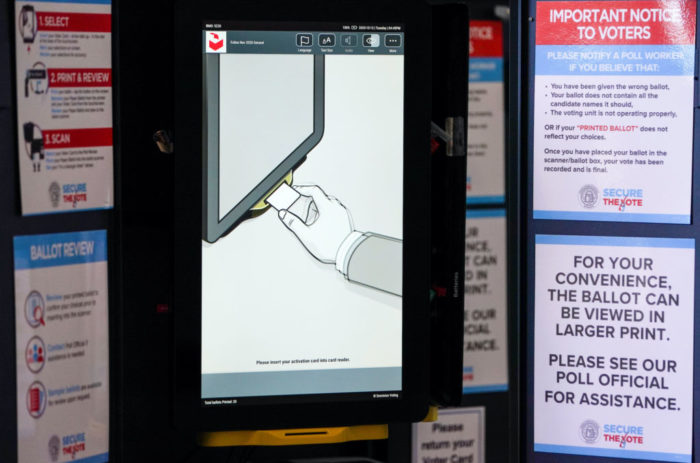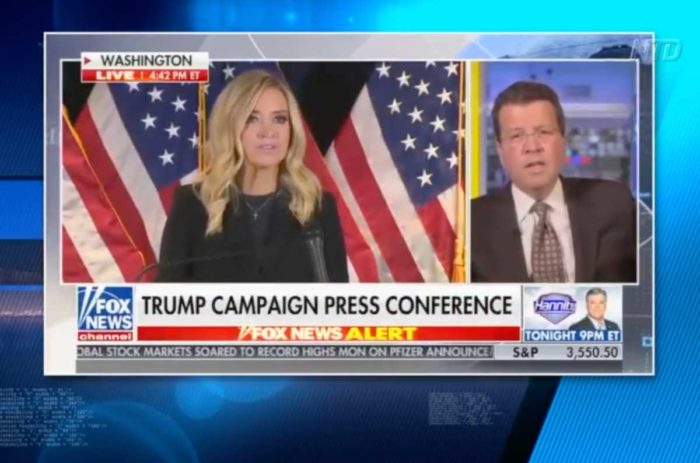print Print...
Directions
-Read the excerpt below from Yarden Frankl's HonestReporting.com report.
-Read "Types of Media Bias" in the right column. Then answer the questions.
From a report written by Yarden Frankl for HonestReporting.com (published on 2/20/13) analyzing The New York Times:
The Role of Opinion in Journalism
Publishing opinions – whether their own or from outside experts – allows the media to expose the public to different ways of looking at and understanding current events. …
With that in mind, we reviewed a whole year’s worth of opinion pieces from the New York Times. We analyzed almost 100 editorials, columns and op-eds. Any opinion piece where Israel or the diplomatic process was the subject was studied. While one can argue the impact of a single article critical of Israel, there is no question that a year’s worth of material from a variety of different sources will make an impact.
Our conclusion? The New York Times publishes anti-Israel opinions far more than those supporting Israel or critical of the Palestinian Authority.
Editorials
Editorials, written by a news organization’s own editor, reveal the opinions of the very people responsible for overseeing news coverage. In 2012, the New York Times published 20 editorials directly addressing Israel or an Israeli policy…The vast majority either attacked Israel’s position on settlements or derided any suggestion of Israeli military action against Iran. (See “Resources” below for examples)
Columns and Op-Eds
…The op-ed section, which is opinion written by others, offers no dissenting views on these issues. Of the 63 columns and op-eds that the Times published, some 43 were directly critical of Israel, either in general, with regards to the settlements, or concerning Iran. (See “Resources” below for examples)
And it’s not as if there are regular columnists working at the Times who clarify Israel’s perspective to readers. Richard Cohen and Tom Friedman, the columnists who write most frequently about Israel, are both clearly critics of [Israeli Prime Minister Benjamin] Netanyahu’s government and its policies. This comes through in the combined 22 columns the two [wrote] during 2012.
The Times did not completely prevent dissenting viewpoints from appearing on the op-ed pages. Two articles gave views supporting Israeli policy. One argued for the legality of the settlements while a second took issue with those who have said that a military strike on Iran would not be effective. Yet these two articles hardly constitute “balance.”
Overall, 68 percent of opinion pieces in the New York Times in 2012 were critical of Israel while just over 2 percent were supportive.
Style Points
It’s not just the raw numbers that paint an anti-Israel picture. Since these are, by definition, subjective articles, the language is usually much more exaggerated. One op-ed (Seven Lean Years of Peacemaking) states:
..the years from 2005 to 2012 have been seven decidedly lean ones for peacemaking and withdrawal and seven gluttonously fat ones for entrenching Israel’s occupation and settlements in the West Bank and East Jerusalem.
An editorial (Israel and Iran) against military options on Iran says:
Israeli leaders are again talking about possible military action against Iran. This is, at best, mischievous and, at worst, irresponsible, especially when diplomacy has time to run.
An op-ed (The Two-State Solution on the Line) in favor of the Palestinians’ (successful) bid to be elevated to a non-voting state in the United Nations warned that:
If this resolution fails, it will probably mark the death of the two-state solution and move us even closer to a one-state outcome, with uncertain and potentially catastrophic consequences for both Israelis and Palestinians.
If readers are being flooded with articles that combine conclusions and style in a sharply critical anti-Israel thrust, there is no question that they will walk away with a warped view of the conflict.
For example, when thinking about the pros and cons of an Israeli military strike on Iran [to protect Israel from an expected Iranian attack], the Times reader will have been exposed to a large variety of dissenting voices while only a single piece in the whole year made a solid case for a strike. Likewise on the issue of settlements, it is unlikely that a reader would even know that there are actually conflicting opinions on the legality of settlements. After a continuous trickle of articles that reflect negatively on Israel’s government, is the Times informing the public of the obvious differences between Israel’s democracy and the Palestinian Authority’s autocratic rule?
We do not call for the New York Times to refrain from publishing opinion articles critical of Israel. But we do call for them to recognize their journalistic obligations and provide readers with legitimate views from all sides, including those that support Israeli policies.
To accurately identify different types of bias, you should be aware of the issues of the day, and the liberal and conservative perspectives on each issue.
Types of Media Bias:Questions
1. In his report, Yarden Frankl explains that HonestReporting typically focuses on how Israel is covered in the news sections of the mainstream media, but opinion pages also greatly influence perceptions of Israel. What do you think: Is there an obligation for an influential news organization like the New York Times to publish pieces representing both sides of controversial issues? Explain your answer.
2. Mr. Frankl also asserts: “If readers are being flooded with articles that combine conclusions and style in a sharply critical anti-Israel thrust, there is no question that they will walk away with a warped view of the conflict.” Do you think Mr. Frankl is correct? Explain your answer.
3. Mr. Frankl concludes by saying: “We do not call for the New York Times to refrain from publishing opinion articles critical of Israel. But we do call for them to recognize their journalistic obligations and provide readers with legitimate views from all sides, including those that support Israeli policies.” Do you agree or disagree? Explain your answer.
Scroll down to the bottom of the page for the answers.
Resources
Examples of editorials critical of Israel:
Mr. Netanyahu’s Strategic Mistake: Israel is making a mistake by withholding tax revenue from the Palestinian Authority and moving ahead with new settlements rather than seeking to revive peace talks.
Wrong time for New Settlements: Claims that the findings of the Levy Commission on the legality of settlements threaten the chance for a peace agreement.
Israel’s Embattled Democracy: Makes the case that the departure of the Kadima party from the governing coalition jeopardizes Israel’s democracy.
While these opinions may have an appropriate place on the Times’ editorial pages, they hardly reflect the full spectrum of perspectives. Should there not also be editorials that address Palestinian unwillingness to continue negotiations? Shouldn’t the New York Times point out that Mahmoud Abbas’s term of office expired years ago, and there is no evidence of a commitment towards democratic values within the Palestinian Authority? The Times seems unwilling to expose its readers to these viewpoints.
Examples of Columns and Op-Eds critical of Israel:
Supporting the Times editors’ perspective that settlements are the chief obstacle to peace [between Israel and the Palestinians] were “outside experts” whose op-eds repeated the arguments of the editorials. For example, in America’s Failed Palestinian Policy, Yousef Munayyer claims:
Palestinians’ patience grew thin as the number of Israeli settlers tripled between the beginning of the “peace process” in 1991 and today. Palestinians learned that the message they initially got about a peace process leading to statehood was either made in bad faith or an outright lie.
The author is identified as being the Executive Director of the Jerusalem Fund. Readers may not know that this advocacy organization’s mission is to “give voice to the Palestinian perspective.” Munayyer is a prolific author with a well documented history of anti-Israel bias.
An example of an op-ed that also supports the editors’ perspective that a military strike against Iranian nuclear sites would be a terrible mistake is Preventing a Nuclear Iran, Peacefully. Written by academics Shibley Telhami and Steven Kull, the piece argues that:
Attacking Iran might set its nuclear program back a few years, but it will most likely encourage Iran to aggressively seek – and probably develop – nuclear weapons.
Of course this view would not come as a surprise to readers of the New York Times since it is one of the most repeated opinions to regularly appear on the opinion pages.
Answers
Questions are all opinion questions; answers vary.



